Photographs: Reuters Clifford Alvares & Dev Chatterjee in Mumbai
Few financial products could match its derivative contracts that always sold at a premium. But the exchange forgot one crucial link: to back its contracts with solid assets.
Like many small investors, P Dharnidharka, 54, invested in the commodity trades on the National Spot Exchange.
Dharnidharka was promised hefty returns by his broker at a time when the stock market was volatile and returns on fixed deposits were not very attractive.
The investment seemed too good to be true. An annual return of 15 to 18 per cent lured thousands of people like Dharnidharka into investing in what could be called exotic derivative contracts on the National Spot Exchange.
Dharnidharka was delighted at the earning prospects. Other investors and brokers too flocked in droves to a well-crafted commodities-trading strategy that was simple to execute and immensely profitable.
Nobody asked crucial questions. How can commodities traded on an exchange always turn a profit for investors? How did the trade work? Who were the commodity traders? Where were the warehouses? Nobody knew that one day the music will stop.
...
How National Spot Exchange got into a bind
Image: Jignesh Shah.Photographs: Punit Paranjpe/Reuters
When the National Spot Exchange commenced operations in October 2008, its objective was to help commodity producers find buyers.
Spot exchanges normally offer T+2 contracts. If you purchased on the exchange, you paid your dues within two days and took delivery of whatever you had bought, whether castorseed or wool, the next day.
However, as that didn’t bring volumes to the exchange, sometime in 2010, according to market reports, Jignesh Shah, the promoter of Financial Technologies which owns the commodity exchange, introduced forward contracts that could be executed over 30-45 days.
In other words, the settlement cycle was given another dimension. Now there were two settlement cycles: a two-day cycle and a longer one that could extend up to 45 days.
...
How National Spot Exchange got into a bind
As trades between two contracts go, arbitrageurs enter only when there is a huge difference between what they buy and what they sell.
However, the National Spot Exchange took it to another level: there was a pattern to its price-discovery mechanism.
The 30-day forward contract, for instance, for all commodities was always higher than the two-day forward contract.
Says Shankar Raman, head (investment products & advisory services), Centrum Wealth Management: “The prices were so funny that all the time there was about 15 per cent forward gap. There will always be a carrying cost, but a fixed 15-18 per cent is unheard off.”
Commodity prices should fluctuate, but they didn’t on the National Spot Exchange. If the spot price of a two-day contract was “x”, the thirty-day contract was one or two per cent more than “x”.
An investor simply bought the two-day forward contract and sold the thirty-day contract. You paid for the two-day contract, waited for the 30-day contract and you sold it at a higher price.
...
How National Spot Exchange got into a bind
Photographs: Reuters
That changed the fortunes of the National Spot Exchange. Monthly trading volumes on an average shot up from Rs 1,000 crore (Rs 10 billion) in 2009-10 to Rs 28,000 crore (Rs 280 billion) in May 2013.
Financial Technologies, the promoter, derived 57 per cent of its profits from the exchange. The higher the trading turnover, the higher the revenues an exchange makes.
In any other exchange, price discovery is a continuous process. Forward contracts can either go above the spot price or below. Short-term contracts can trade at a premium to long-term contracts, and vice-versa.
At the National Spot Exchange, longer-term contracts were always at a premium. Says Shankar: “If you look at equity markets, there are periods when there will be huge arbitrage in buying on spot and selling in futures. There are times when reverse arbitrage works and there are times when arbitrage is minimal. The National Spot Exchange did not seem to have a mood at all.”
...
How National Spot Exchange got into a bind
Photographs: Reuters
Volume play
Close to Rs 6,000 crore (Rs 60 billion) was invested, and Rs 28,000 crore (Rs 280 billion) was traded on the exchange in May 2013. Trading volumes surged to even Rs 40,000 crore (Rs 400 billion) in some months as word spread about this golden opportunity among top investors and brokers.
Dozens of investor presentations started to fly around thick and fast. All the presentations were saying the same thing: touting the benefits of exotic commodity trading, the safety of the exchange, raving about stocks in warehouses and the rag-to-riches story of the exchange’s promoter, Shah.
The National Spot Exchange trade was an arrangement that brokers should have been familiar with. “It was a financing scheme and there was an arbitrage much like the badla system,” says Motilal Oswal, chairman and managing director, Motilal Oswal Securities.
The age-old badla system was banned way back in 2000 after futures trading was introduced. Trading in forward contracts on the National Spot Exchange is exactly the same.
Back then, investors funded those who didn’t have shares to sell, and pocketed the difference called “badla”. The badla system allowed any short-sale to be carried on in perpetuity as all the borrower had to do was pay a transaction cost, and roll over positions to the next cycle.
...
How National Spot Exchange got into a bind
Photographs: Reuters
The same thing happened on the National Spot Exchange. Investors started rolling over positions and pocketing a difference of 1-1.5 per cent every month.
Brokerages skimmed about 1 to 3 per cent of the gross investment per annum, and furnished the net difference - of about 12-15 per cent per annum - to investors.
One crucial difference that everybody overlooked was that these contracts should have been guaranteed by goods in the warehouses. Nobody seemed to verify whether the goods actually existed.
Brokers started giving out contract notes to hundreds of investors backed against just one warehouse receipt (you can’t split a receipt). The warehouse receipt acted as title to the stock. The broker was taking a risk on the warehouse receipt.
...
How National Spot Exchange got into a bind
Photographs: Reuters
Some warehouse receipts are said to be authentic and by genuine producers who wanted to finance their working capital till their goods were sold.
But as nobody verified the warehouse receipts, more commodity traders started producing warehouse receipts against which they received easy funding. Some may have used this money for financing their business, the rest is anybody’s guess.
Borrowers paid around 12-18 per cent per annum as they were selling-long-dated contracts and buying higher-priced spot contracts.
They rolled over their positions as nobody asked for collateral or their investments. As they repeated the cycle, in the end, the whole thing ballooned into a huge un-checked financing scheme for commodity traders.
...
How National Spot Exchange got into a bind
Photographs: Reuters
The fallout
The Forward Markets Commission (FMC), which was set up in 2012 as the designate authority for all spot exchanges, got a whiff of this merry-go- round and it began to investigate the exchange in February last year.
FMC also pointed out in August 2012 that the exchange did not back the sale transaction by traders with physical goods, and in effect the transaction was a short sale.
Then came the blow. In July this year, FMC banned the National Spot Exchange from forward trading as the exchange was not authorised to do so.
Spot exchanges cannot deal in contracts with a settlement beyond 11 days. As the long-dated contracts on the National Spot Exchange stopped, the arbitrage game that everybody was playing came to an end overnight.
For nearly a month since FMC sent the letter to the exchange to stop carry-forward trades, the exchange and its promoters were in denial. Queries from the media on the lack of stocks and probable default were met with flat refusals.
Even before the July 31 statement by the National Spot Exchange to stop forward trades, the market was abuzz that the exchange was heading for trouble and some traders will not be able to meet their commitments.
Investors and their brokers are especially bitter about the way the spot exchange and Shah informed everyone that all commitments will be met by the exchange and the traders.
...
How National Spot Exchange got into a bind
Photographs: Jayanta Dey/Reuters
Around July 12, Anjani Sinha, chief executive officer, National Spot Exchange, went to Motilal Oswal’s office to convince the brokerage that everything was fine and all payments would be made in time.
Auditor certificates were shown to brokerages to convince them that there was enough stock in the godowns. The exchange kept on assuring the brokers about stocks, margins and trade guarantee money.
During the presentation before the department of consumer affairs, on July 10, 2013, and during the meeting with FMC, Shah had said that the National Spot Exchange offered highest level of safety for the participants as the model assured 100 per cent stock as collateral (managed by independent collateral manager), and was backed by 10-20 per cent margin money and post dated-cheques from participants.
Brokers and investors are now staring at a huge default of Rs 5,500 crore from the National Spot Exchange, with more than 15,000 investors waiting for their money to come back. Small investor body Investor Grievance Forum says it will be difficult for the exchange to raise such a huge amount and the only way out may be to sell its assets and those of its promoters.
...
How National Spot Exchange got into a bind
Photographs: Uttam Ghosh/Rediff.com
“This is a crisis of confidence. They (the investors) want to see the cash on table,” says Kirit Somaiya, national secretary and president of Investors Grievances Forum. “We have already sought a probe by the police, the Enforcement Directorate and have appealed to the Bombay High Court to take over the assets of the National Spot Exchange, Financial Technologies and its promoters.”
The government - which took some half-hearted measures in the beginning - swung into action when the matter reached the courts and Parliament.
The income-tax department surveyed all the 24 defaulters who owe Rs 5,500 crore (Rs 55 billion) to the investors. But investors like Dharnidharka say it’s a case of too little, too late.
“I just want to get my money back and go back to Rajasthan. All my retirement savings are now stuck with the National Spot Exchange. I will never look for easy money in markets again,” he says.

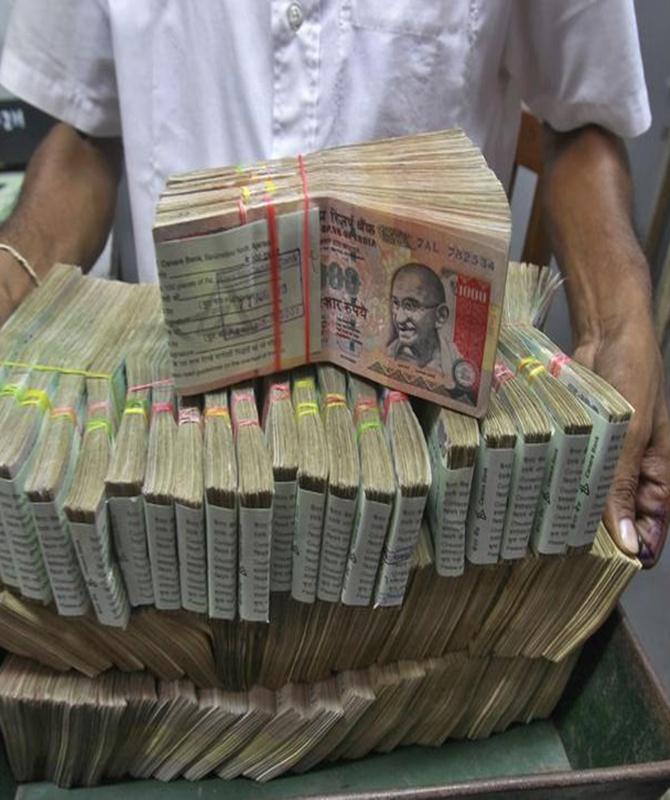
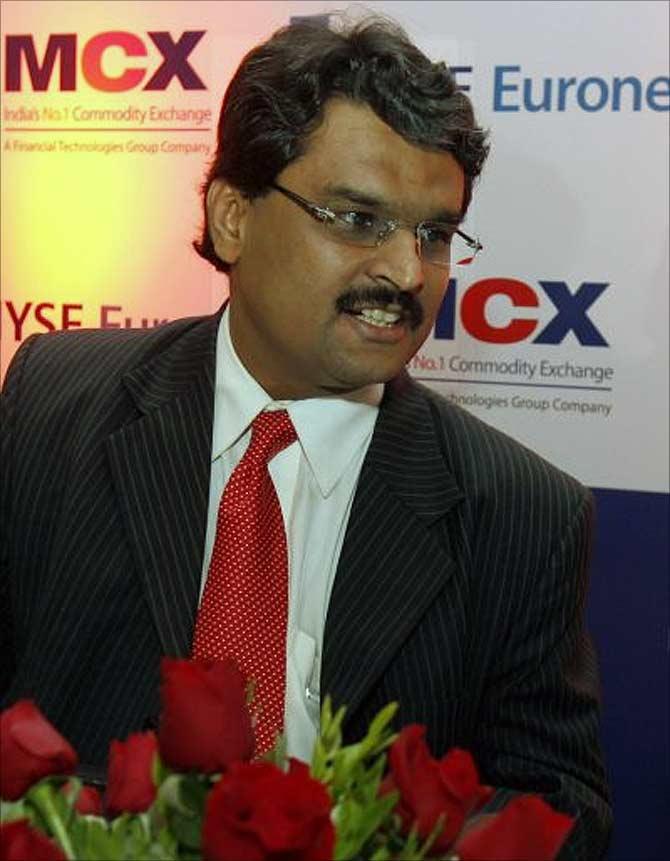

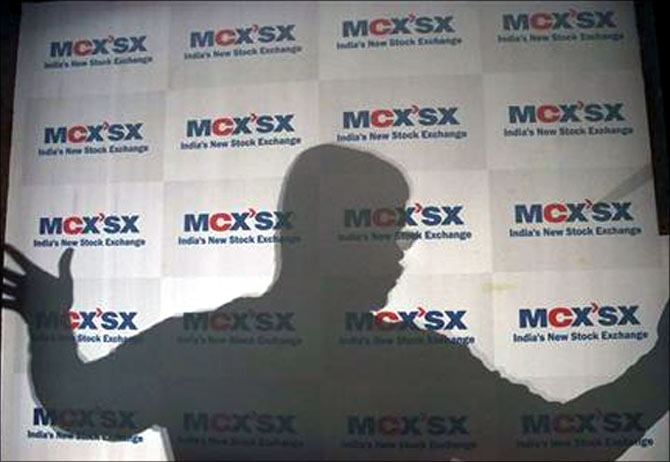
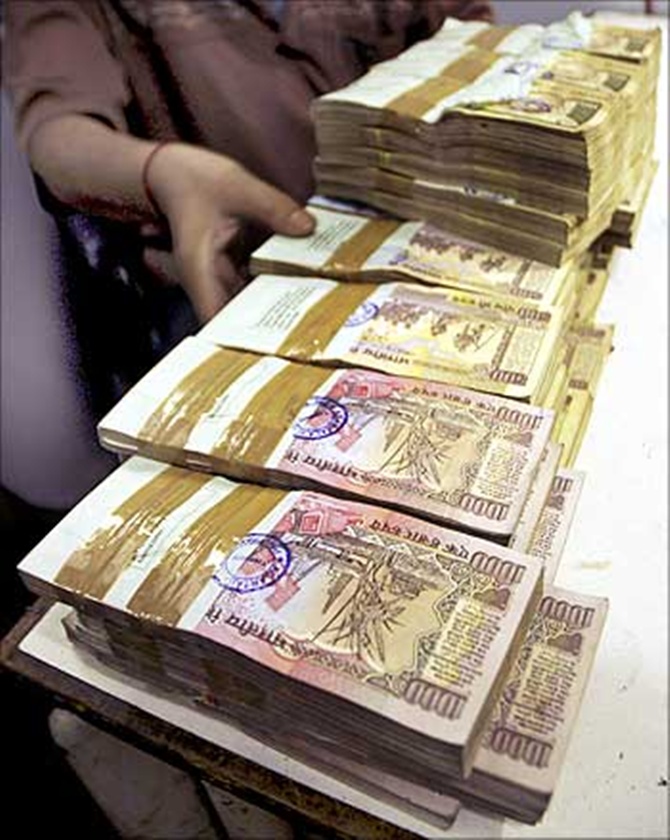
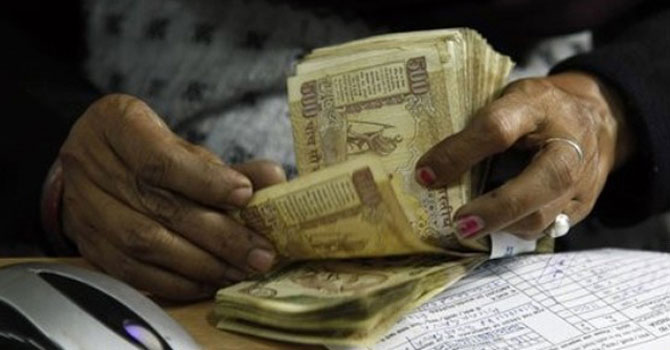
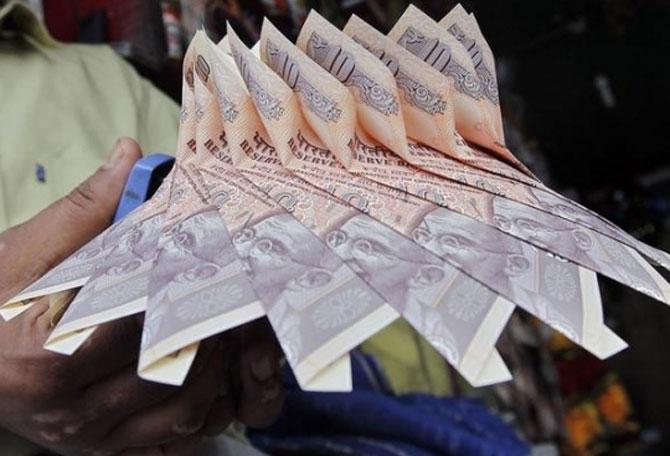




article